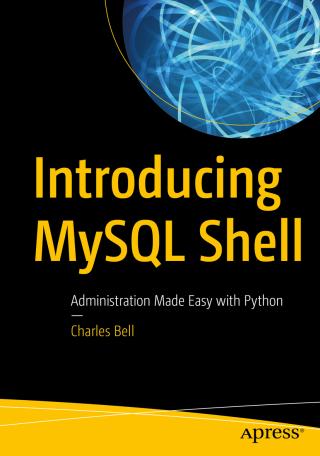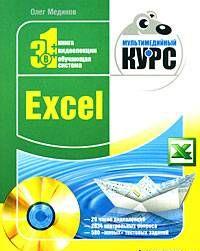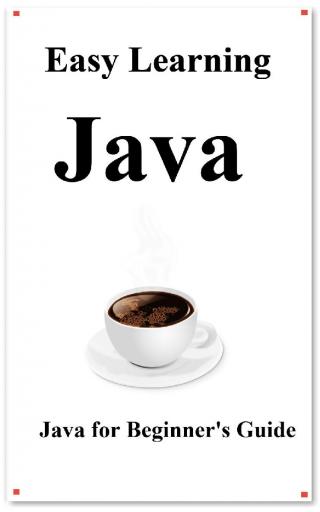![Pro JPA 2 in Java EE 8 [An In-Depth Guide to Java Persistence APIs] Pro JPA 2 in Java EE 8 [An In-Depth Guide to Java Persistence APIs]](https://www.rulit.me/kotha/images/nocover.jpg)
Аннотация
Enterprise applications are defined by their need to collect, process, transform, and report on vast amounts of information. And, of course, that information has to be kept somewhere. Storing and retrieving data is a multibillion dollar business, evidenced in part by the growth of the database market as well as the emergence of cloud-based storage services. Despite all the available technologies for data management, application designers still spend much of their time trying to efficiently move their data to and from storage.
Despite the success the Java platform has had in working with database systems, for a long time it suffered from the same problem that has plagued other object-oriented programming languages. Moving data back and forth between a database system and the object model of a Java application was a lot harder than it needed to be. Java developers either wrote lots of code to convert row and column data into objects, or found themselves tied to proprietary frameworks that tried to hide the database from them. Fortunately, a standard solution, the Java Persistence API (JPA), was introduced into the platform to bridge the gap between object-oriented domain models and relational database systems.
This book introduces version 2.2 of the Java Persistence API as part of the Java EE 8 and explores everything that it has to offer developers.
Maintenance release of JPA 2.2 started during 2017 under JSR 338 and was finally approved on June 19, 2017.
Here is the official Java Persistence 2.2 Maintenance release statement:
“The Java Persistence 2.2 specification enhances the Java Persistence API with support for repeating annotations; injection into attribute converters; support for mapping of the java.time.LocalDate, java.time.LocalTime, java.time.
LocalDateTime, java.time.OffsetTime, and java.time.OffsetDateTime types; and methods to retrieve the results of Query and TypedQuery as streams.”

![Python 3.4 introduced the asyncio library, and Python 3.5 produced the async and await keywords to use it palatably. These new additions allow so-called asynchronousprogramming.
All of these new features, which I’ll refer to under the single name Asyncio, have been received by the Python... Using Asyncio in Python [Understanding Python’s Asynchronous Programming Features]](https://www.rulit.me/data/programs/images/using-asyncio-in-python-understanding-python-s-asynchronous_606937.jpg)


![Язык Kotlin предлагает выразительный синтаксис, мощную и понятную систему типов, великолепную поддержку и бесшовную совместимость с существующим кодом на Java,... Kotlin в действии [Kotlin in Action]](https://www.rulit.me/data/programs/images/kotlin-v-dejstvii-kotlin-in-action_501842.jpg)


Комментарии к книге "Pro JPA 2 in Java EE 8 [An In-Depth Guide to Java Persistence APIs]"